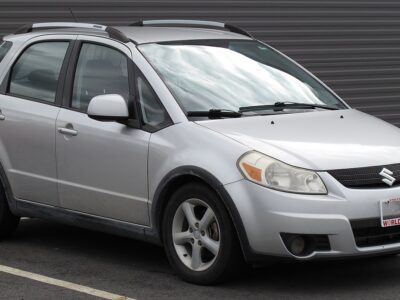
Troubleshooting Fiat 500 Electrical Problems: A Comprehensive Guide
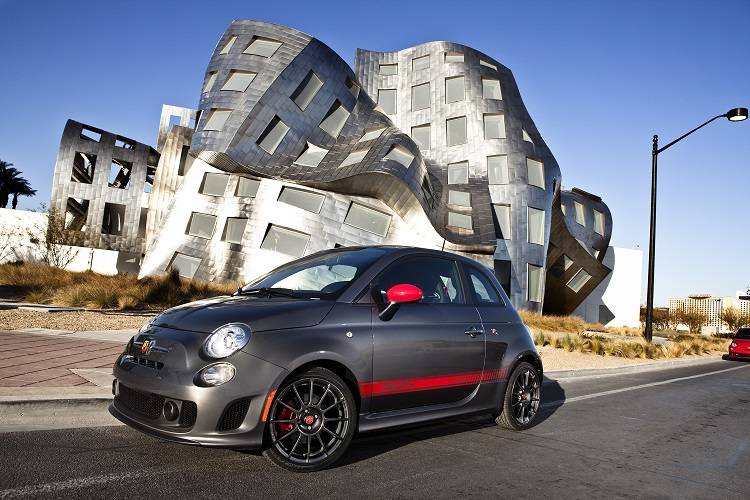
The Fiat 500 is a stylish and reliable vehicle, but like any car, it can experience electrical problems. These issues can range from minor annoyances, such as a faulty radio, to major concerns, like a dead battery or malfunctioning safety features. Troubleshooting electrical problems in your Fiat 500 can be challenging, but with a comprehensive guide, you can identify and potentially fix the issue. This article will walk you through the steps to diagnose and repair common electrical problems in your Fiat 500, getting you back on the road quickly and safely, and helping you understand the root cause of the issue.
Diagnosing Common Electrical Issues in Your Fiat 500
The Fiat 500 is known for its stylish design and fun driving experience, but like any vehicle, it can experience electrical problems. Troubleshooting these issues can be challenging, but with a comprehensive guide, you can identify and potentially fix the problems. Electrical issues in your Fiat 500 can range from faulty lights to more complex problems with the car's computer system.
Identifying Symptoms of Electrical Problems
When troubleshooting electrical issues in your Fiat 500, the first step is to identify the symptoms. This could be anything from dim or flickering headlights to a failure of the car's infotainment system. By understanding the symptoms, you can begin to narrow down the potential causes. For example, if the issue is related to the lighting system, it could be a simple problem like a blown fuse or a more complex issue with the wiring or the light itself. Key areas to inspect include the lighting system, infotainment system, and electrical accessories.
| Symptom | Possible Cause |
|---|---|
| Dim or Flickering Headlights | Faulty Alternator, Bad Ground Connection, or Faulty Headlight Bulb |
| Infotainment System Failure | Software Issue, Faulty Screen, or Loose Connection |
Inspecting the Electrical System
Inspecting the electrical system involves checking the basics such as the battery, alternator, and wiring. A weak or dead battery can cause a range of electrical issues, from failure of the car's starting system to erratic behavior of electrical accessories. The alternator is also crucial as it charges the battery and powers the electrical system while the engine is running. A faulty alternator can lead to a variety of problems, including dim or flickering lights and failure of electrical systems.
| Component | Function | Symptoms of Failure |
|---|---|---|
| Battery | Provides power to start the car and supports the electrical system when the engine is off | Failure to Start, Dim Lights |
| Alternator | Charges the battery and powers the electrical system when the engine is running | Dim or Flickering Lights, Electrical System Malfunctions |
Repairing and Replacing Faulty Components
Once you have identified the faulty component, the next step is to repair or replace it. This could involve replacing a blown fuse, fixing a bad ground connection, or even replacing the alternator or battery. It's essential to consult a professional if you're not confident in your ability to perform the repairs safely and correctly. For complex issues, such as problems with the car's computer system, it's often best to seek the help of a professional mechanic who has experience with Fiat 500 models.
| Component | Repair/Replacement | Cost |
|---|---|---|
| Fuse | Replace with a new fuse of the same amperage rating | Low |
| Alternator | Replace with a new or refurbished alternator | Moderate to High |
What is the most common fault with the Fiat 500?

The most common fault with the Fiat 500 is related to its electrical and electronic systems. Many owners have reported issues with the car's infotainment system, navigation, and other electronic features.
Electrical System Issues
The Fiat 500's electrical system is prone to faults, which can cause a range of problems. Some of the issues reported include faulty sensors, malfunctioning dashboard lights, and problems with the car's starting system. The causes of these issues can vary, but they are often related to software glitches or hardware failures.
You may be interested in reading Fixing Oil Leaks in Your Fiat 500: Step-by-Step Instructions
Fixing Oil Leaks in Your Fiat 500: Step-by-Step Instructions- Faulty battery or alternator
- Corrosion on electrical connectors
- Software issues with the car's computer system
Transmission and Clutch Problems
Some Fiat 500 models have been known to experience transmission and clutch problems. The dual-clutch transmission used in some models can be prone to faults, particularly in the early models. Owners have reported issues with slipping or hesitation when changing gears, as well as problems with the clutch wearing out prematurely.
- Slipping or hesitation when changing gears
- Clutch wear or failure
- Transmission software issues
Rust and Corrosion Issues
The Fiat 500 is also prone to rust and corrosion, particularly in certain models and years. Owners have reported issues with rust on the car's bodywork, particularly around the wheel arches and other areas exposed to moisture. Regular maintenance and inspections can help to identify and address these issues before they become major problems.
- Rust on bodywork and wheel arches
- Corrosion on suspension and steering components
- Water ingress through seals and joints
What is the ECU problem on a Fiat 500?

The ECU problem on a Fiat 500 refers to issues with the Engine Control Unit, which is a computer that controls the engine and its functions. The ECU is responsible for regulating various aspects of the engine's performance, including fuel injection, ignition timing, and emissions. When the ECU malfunctions, it can cause a range of problems, including decreased engine performance, reduced fuel efficiency, and potentially even engine failure.
Common Symptoms of ECU Problems
The symptoms of ECU problems on a Fiat 500 can vary, but common issues include difficulty starting the engine, stalling or hesitation during acceleration, and decreased engine performance. In some cases, the ECU problem may trigger warning lights on the dashboard, such as the check engine light. The following are some specific symptoms that may indicate an ECU problem:
- Engine stalling or failure to start
- Poor engine performance or hesitation
- Faulty or erratic gauge readings
Causes of ECU Failure
The ECU on a Fiat 500 can fail due to a variety of reasons, including electrical issues, software corruption, or hardware failure. Some common causes of ECU failure include voltage spikes or surges, water or moisture damage, and physical damage to the ECU or its wiring. The following are some potential causes of ECU failure:
- Electrical surges or spikes
- Water or moisture damage
- Physical damage to the ECU or wiring
Repairing ECU Problems
Repairing ECU problems on a Fiat 500 typically requires specialized tools and expertise. In some cases, the ECU may need to be reprogrammed or reflashed with updated software. In other cases, the ECU may need to be replaced entirely. The following are some steps that may be involved in repairing ECU problems:
- Diagnostic testing to identify the root cause of the problem
- Reprogramming or reflashing the ECU with updated software
- Replacing the ECU or faulty components
What are the worst years for the Fiat 500?
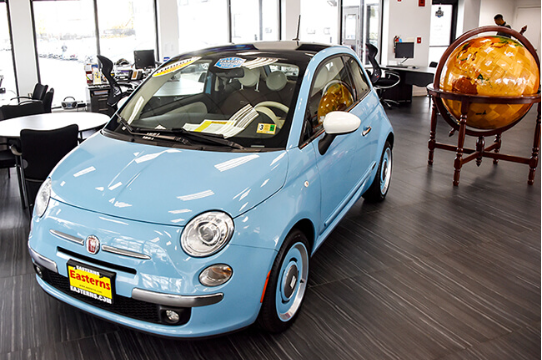
 Fixing Oil Leaks in Your Fiat 500: Step-by-Step Instructions
Fixing Oil Leaks in Your Fiat 500: Step-by-Step Instructions Resolving Fiat 500 Suspension Noises: Tips and Tricks
Resolving Fiat 500 Suspension Noises: Tips and TricksThe Fiat 500 is a subcompact car that has been in production since 2007. While it has generally received positive reviews for its stylish design and fuel efficiency, some model years have been plagued by issues. The worst years for the Fiat 500 are typically those with significant mechanical or reliability problems.
Reliability Issues with Early Models
Early models of the Fiat 500, particularly those produced between 2007 and 2012, were known to have some reliability issues. One of the main problems was with the transmission, which could be prone to slipping or hesitation. Other issues included electrical problems and faulty sensors. Some of the specific problems with early models include:
- Transmission problems, such as slipping or hesitation
- Electrical issues, including faulty sensors and malfunctioning infotainment systems
- Engine problems, such as oil leaks and excessive oil consumption
Model Years with Significant Recall Issues
Some model years of the Fiat 500 have been subject to significant recall issues, which can be a major concern for owners. For example, the 2013 and 2014 models were recalled due to a potential issue with the fuel pump, which could cause the engine to stall. Other recalls have been issued for issues such as faulty airbags and problems with the vehicle's stability control system. Some of the specific recall issues with certain model years include:
- Fuel pump issues, which could cause the engine to stall
- Faulty airbags, which could fail to deploy in the event of a crash
- Problems with the vehicle's stability control system, which could affect handling and safety
Years with High Maintenance Costs
Some model years of the Fiat 500 have been known to have higher maintenance costs than others. For example, the 2012 model year was known to have issues with the engine and transmission, which could be expensive to repair. Other model years, such as the 2015 and 2016 models, have been known to have issues with the vehicle's electrical system, which can also be costly to fix. Some of the specific maintenance issues with certain model years include:
- Engine problems, such as oil leaks and excessive oil consumption
- Transmission issues, such as slipping or hesitation
- Electrical problems, including faulty sensors and malfunctioning infotainment systems
Frequently Asked Questions
What are the most common electrical problems in Fiat 500?
The most common electrical problems in Fiat 500 include faulty battery, alternator, and starter motor issues, as well as problems with the electrical wiring and connections. Some owners have also reported issues with the car's computer system, infotainment, and other electronic accessories. These problems can be caused by a variety of factors, including wear and tear, corrosion, and manufacturing defects.
How do I diagnose electrical problems in my Fiat 500?
To diagnose electrical problems in your Fiat 500, start by checking the basics such as the battery voltage, alternator output, and fuse condition. Use a multimeter to test the voltage and current at various points in the electrical system. Consult the owner's manual or a repair manual for guidance on troubleshooting specific systems, such as the starting and charging systems. You can also use a scan tool to check for any trouble codes stored in the car's computer.
Can I fix electrical problems in my Fiat 500 myself?
Some electrical problems in your Fiat 500 can be fixed by yourself, such as replacing a blown fuse or a faulty battery. However, more complex issues may require specialized tools and technical expertise. If you're not comfortable with DIY repairs or if the problem is complex, it's recommended to seek the help of a professional mechanic or a Fiat dealership. They can diagnose and repair the issue correctly and safely.
How can I prevent electrical problems in my Fiat 500?
To prevent electrical problems in your Fiat 500, regular maintenance is key. Check the battery terminals and cables for corrosion, keep the electrical system clean and dry, and avoid overloading the electrical system with too many accessories. Also, ensure that any aftermarket accessories are installed correctly and are compatible with your car's electrical system. Regularly checking and maintaining the car's electrical system can help prevent problems and ensure reliable operation.
You may be interested in reading Fixing Oil Leaks in Your Fiat 500: Step-by-Step Instructions
Fixing Oil Leaks in Your Fiat 500: Step-by-Step Instructions Resolving Fiat 500 Suspension Noises: Tips and Tricks
Resolving Fiat 500 Suspension Noises: Tips and Tricks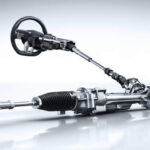 Addressing Fiat 500 Power Steering Failures: What to Check
Addressing Fiat 500 Power Steering Failures: What to Checkhttps://youtube.com/watch?v=QuuqbRwMgg4
If you want to know other articles similar to Troubleshooting Fiat 500 Electrical Problems: A Comprehensive Guide you can visit the category Common Problems.
Deja una respuesta

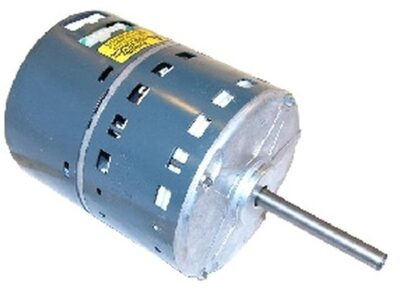


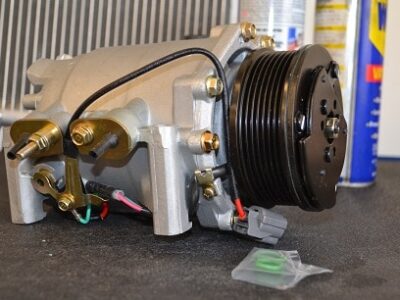
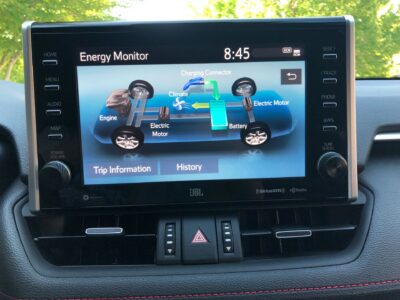
More content of your interest